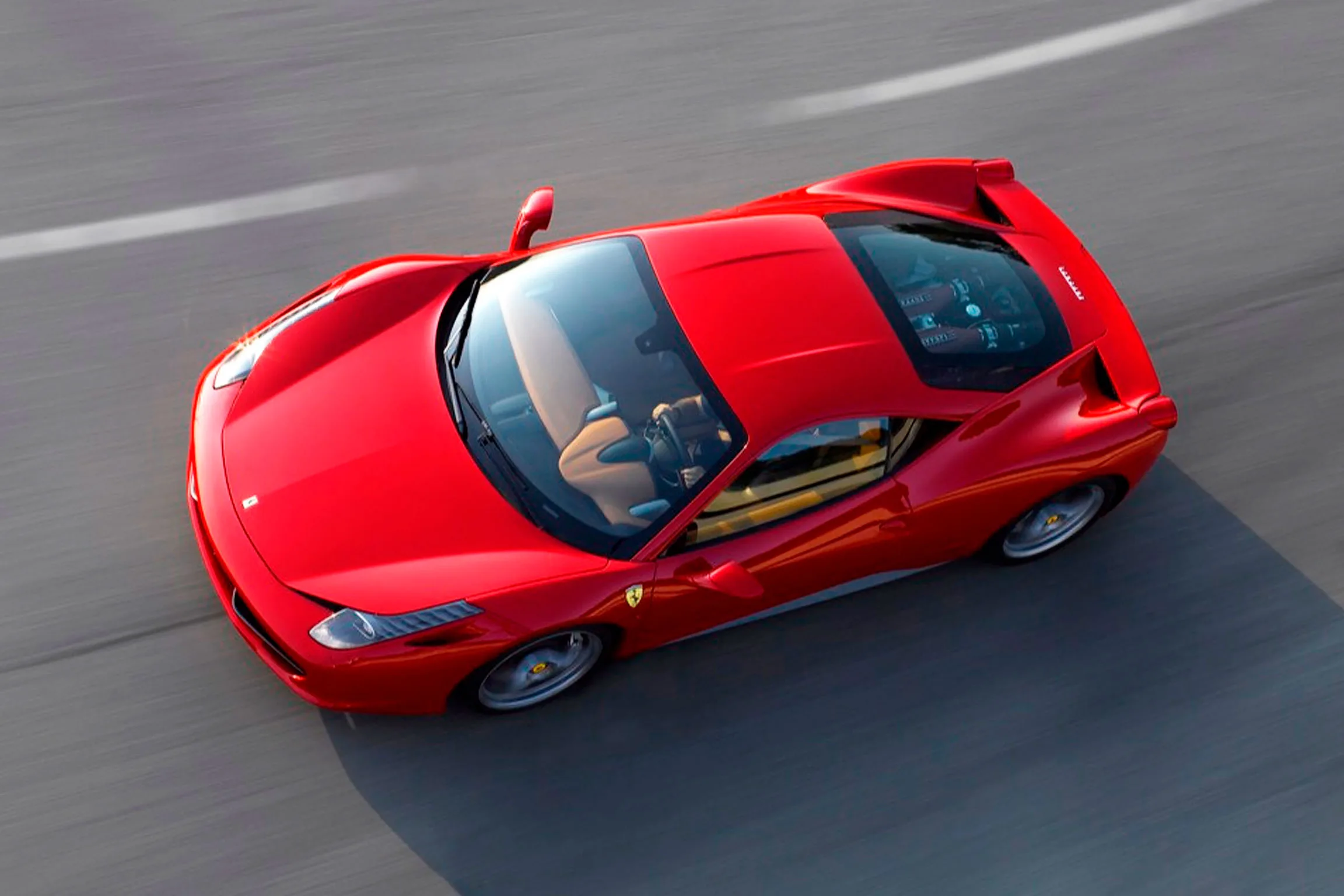When Ferrari unveiled the 458 Italia at the 2009 Frankfurt Motor Show, it marked the arrival of a bold new chapter in Maranello’s mid-engine V8 lineage—a bloodline that had evolved over two decades of relentless innovation. As the direct successor to the F430, the 458 Italia wasn’t just an upgrade—it was a revolution in both performance and technology, representing Ferrari’s transition from mechanical mastery to digital precision without losing its visceral character.
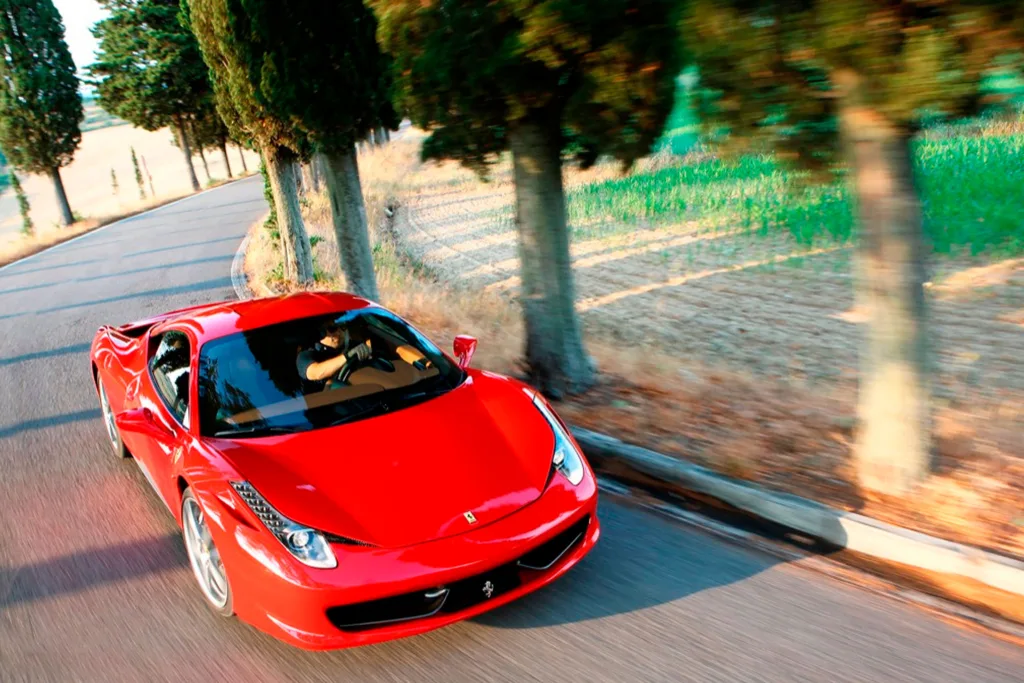
Evolving the Ferrari V8 Tradition
Since the debut of the 348 in 1989, Ferrari’s mid-engine V8 series had followed a clear five-year evolution cycle—F355 in 1994, 360 Modena in 1999, F430 in 2004, and finally, the 458 Italia in 2009. Each model elevated Ferrari’s engineering philosophy, but the 458 Italia represented a decisive leap, introducing Formula One–inspired integration across every major system—chassis, aerodynamics, powertrain, and electronics.
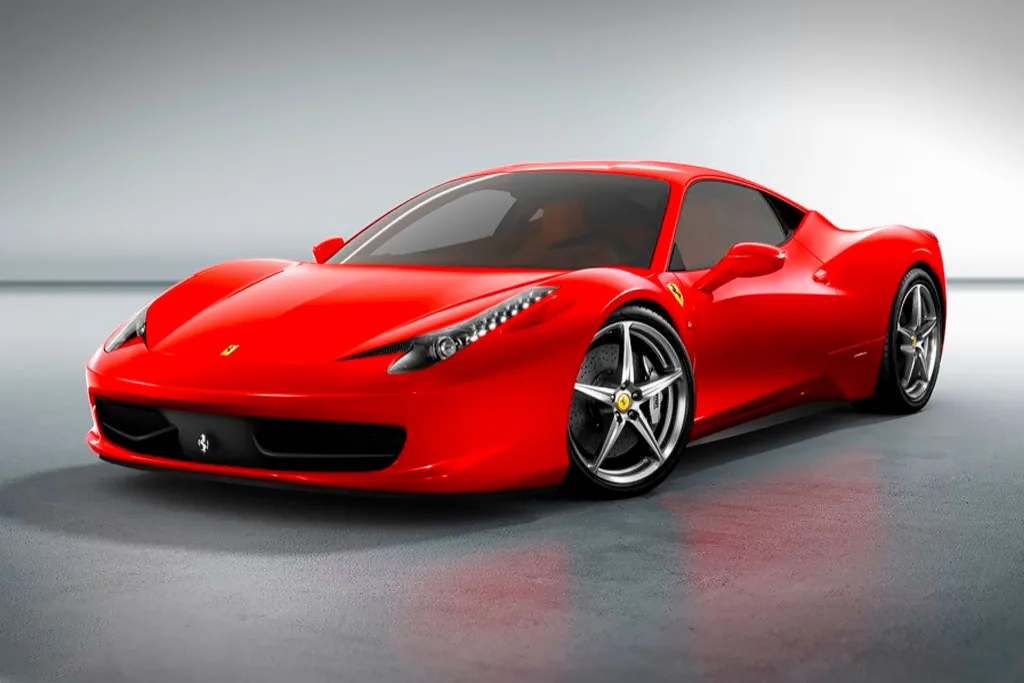
Developed alongside Michael Schumacher, who provided input during testing, the 458 reflected direct lessons from Ferrari’s F1 program. It was sculpted for precision, aerodynamically tuned to perfection, and engineered as an extension of the driver’s instincts—a supercar that could behave as both a finely honed race tool and an effortless grand tourer.
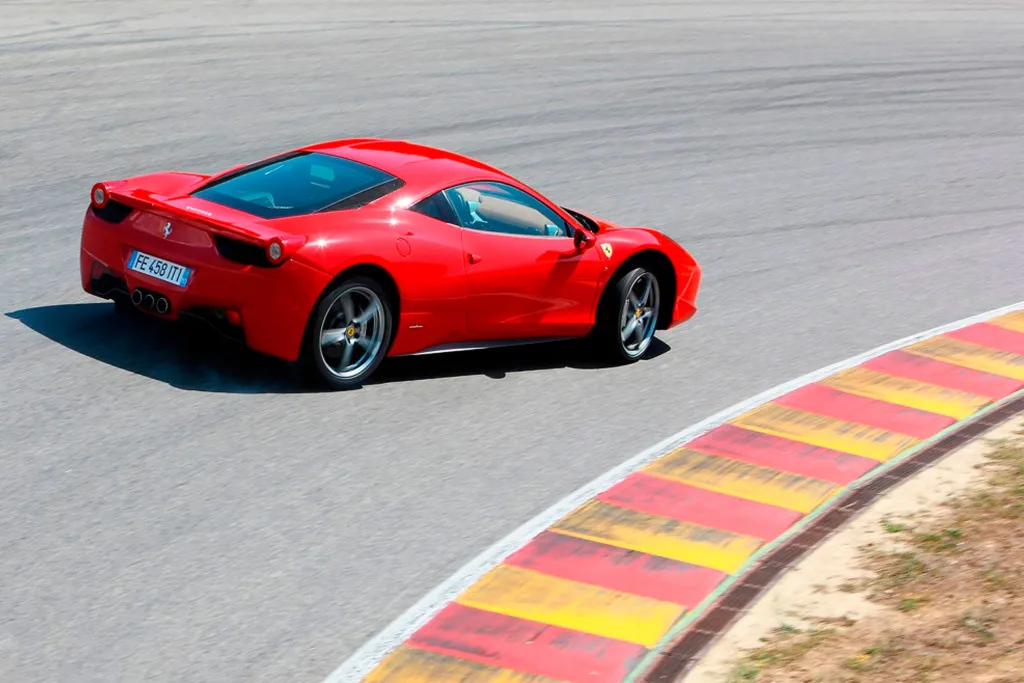
Engine and Performance: Redefining Natural Aspiration
At the heart of the 458 Italia lies Ferrari’s masterpiece V8—an all-new 4.5-liter naturally aspirated engine, codenamed F136FB, producing 562 horsepower at 9,000 rpm and 55.1 kgfm (540 Nm) of torque. This level of output—well over 120 hp per liter—was unprecedented for a non-turbocharged production engine in 2009. The unit employed direct fuel injection for the first time in a mid-engine Ferrari, improving efficiency and power delivery across the rev range.
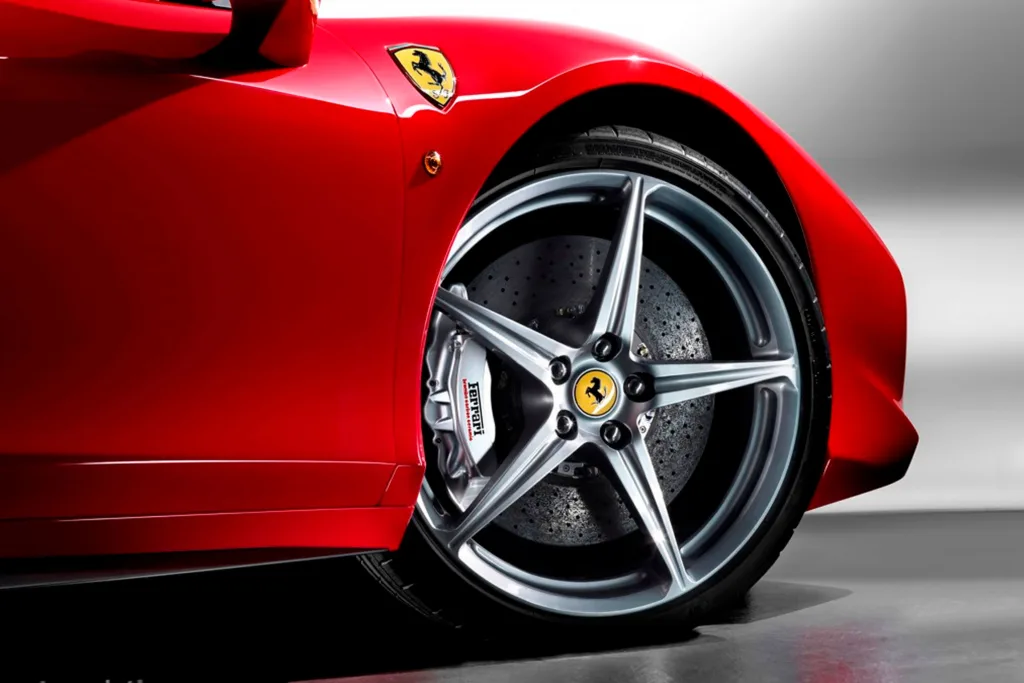
Mated to the engine was a 7-speed dual-clutch transmission, developed in collaboration with Getrag, capable of executing shifts in under 100 milliseconds without any power interruption. The two-pedal configuration retained the tactile qualities of a manual gearbox while surpassing it in precision and speed. Combined, these advancements propelled the 458 Italia from 0 to 100 km/h (0–62 mph) in just 3.4 seconds, with a top speed exceeding 325 km/h (202 mph)—figures that placed it squarely among the fastest naturally aspirated cars ever built.
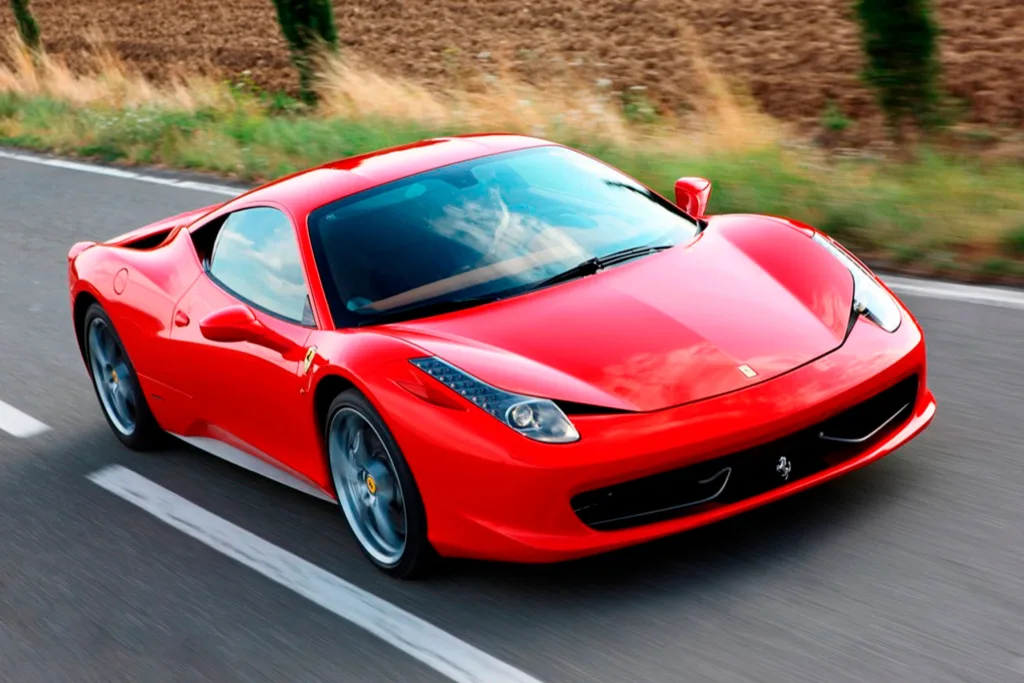
Chassis and Dynamics: Aluminum Space Frame Perfection
Constructed entirely around a newly developed aluminum space-frame chassis, the Ferrari 458 Italia represented an extraordinary leap forward in rigidity and structural design.
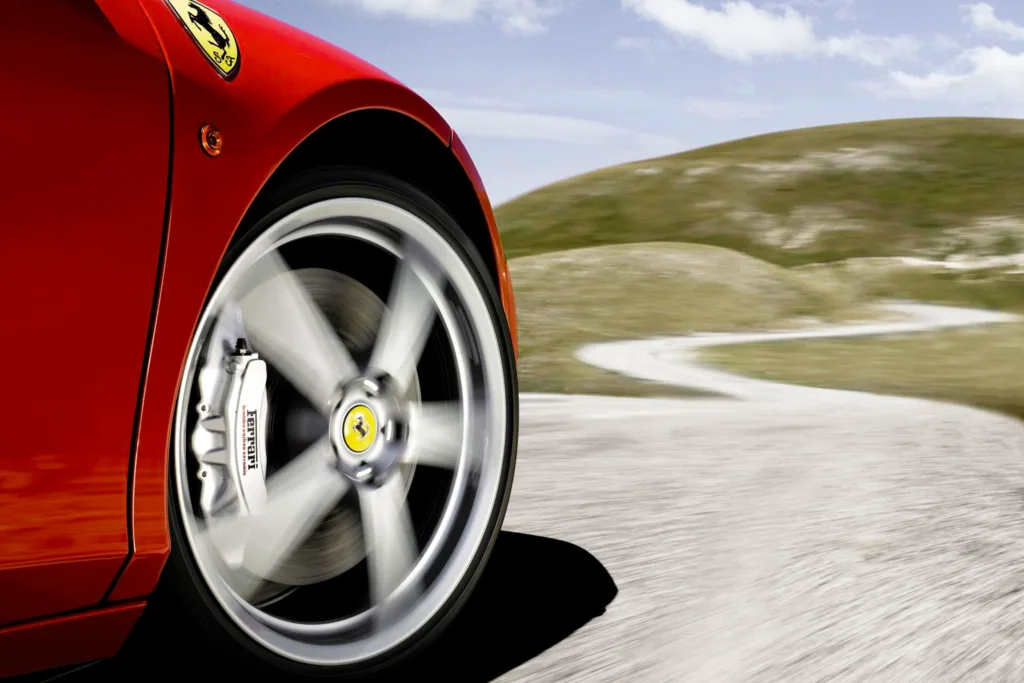
Developed in partnership with Alcoa, the aerospace engineering firm, this architecture utilized advanced alloy compositions originally engineered for aircraft-grade applications. The result was a body that was stiffer and lighter than the F430’s foundation, contributing not only to sharper handling and reduced body flex but also to improved crash protection and long-term durability.
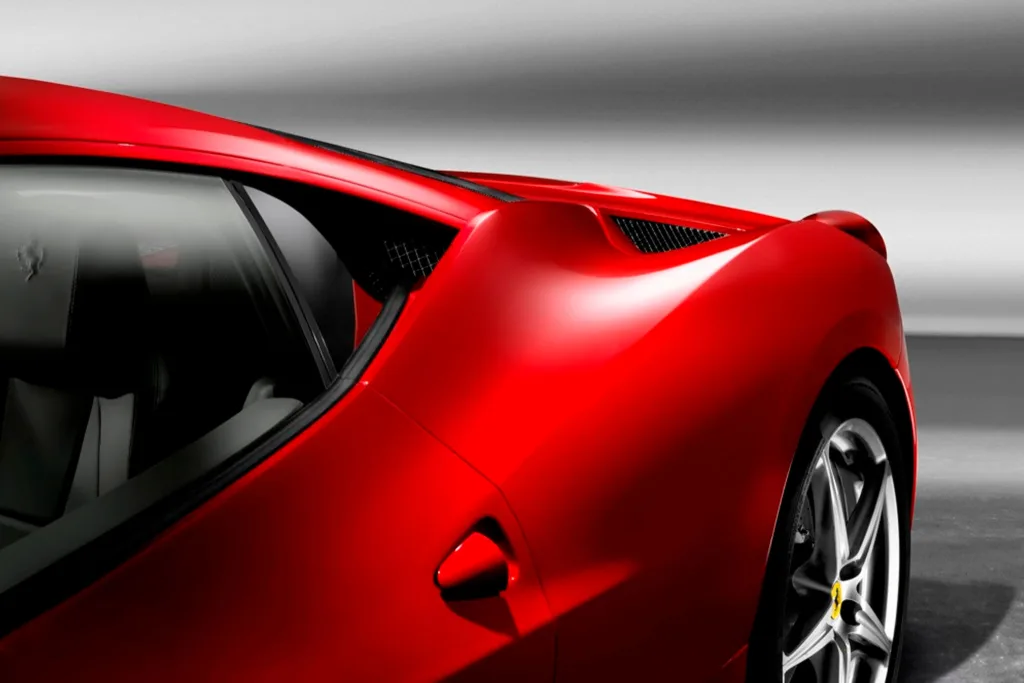
The suspension system showcased a blend of precision engineering and race-derived geometry. Up front, the 458 employed double wishbones, while the rear featured a multi-link configuration, giving the car outstanding agility paired with remarkable ride suppleness.
Ferrari further enhanced dynamics with its second-generation magnetorheological damping system (SCM2), a technology refined from the 599 GTB Fiorano.
Continuously variable and electronically controlled, the dampers adjusted their viscosity in milliseconds to balance comfort and control, reacting instantly to steering input, throttle position, and cornering load. The result was a chassis that felt alive in motion—supple on uneven roads yet razor-sharp on track.

True to Ferrari’s philosophy of harmonizing advanced technology with driver emotion, the 458 Italia integrated its vast network of electronic systems through the Manettino switch, mounted on the steering wheel. This intuitive control hub coordinated inputs from the E-Diff3 electronic differential, F1-Trac traction management, ESP stability control, and high-performance ABS into one cohesive ecosystem.
The driver could select five dedicated modes—Low Grip, Sport, Race, CT Off, and CST Off—each progressively loosening electronic oversight and empowering purer mechanical feedback.
This tightly orchestrated system transformed the 458 into an exceptionally adaptable supercar—one that shifted effortlessly from approachable grand touring comfort to uncompromising circuit performance at the twist of a dial.

Aerodynamics: Lessons from Formula One
The 458 Italia’s design was shaped as much by wind as by artistry. Working closely with Pininfarina, Ferrari’s engineers used computational fluid dynamics (CFD) and extensive wind-tunnel testing to ensure every line served a purpose.

The front fascia featured flexible aerodynamic flaps that automatically deformed at speed, reducing drag and channeling airflow efficiently into the radiators. The underbody included flat aerodynamic panels and a rear diffuser with integrated vents, generating significant downforce—nearly 140 kg at 200 km/h—without the need for large wings. This racer-derived approach allowed the Italia to remain stunningly sleek while maintaining exceptional high-speed stability.
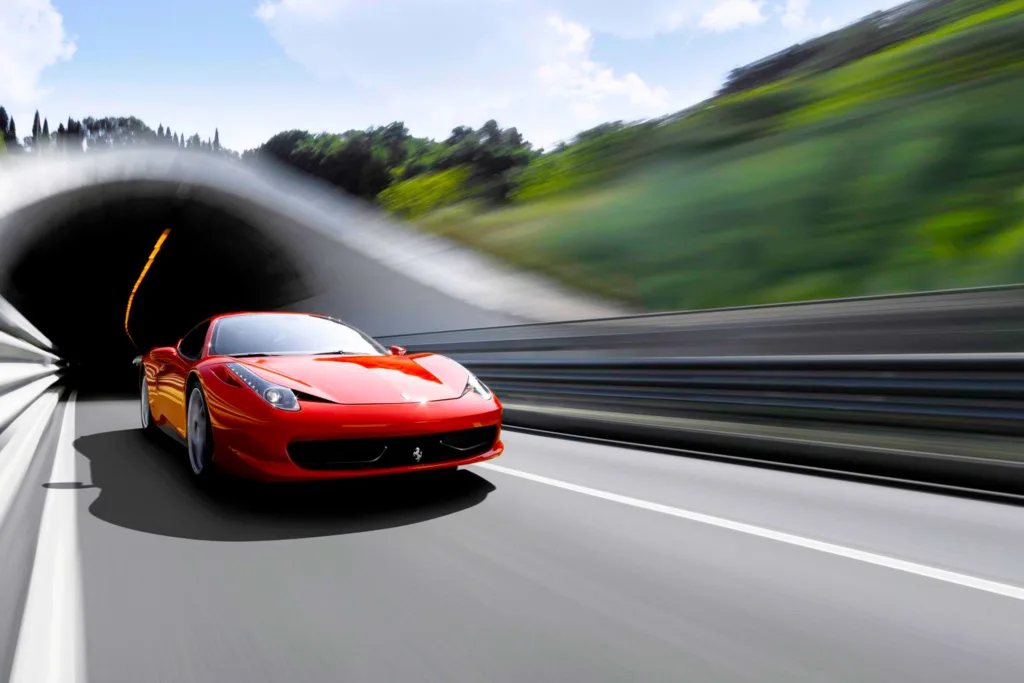
Design Evolution: From Sculpture to Function
With its fluid silhouette and aggressive proportions, the 458 Italia carried elements of both the F430 and the Enzo, yet stood apart as a purer, more modern interpretation of Ferrari’s design language. Its teardrop cabin, triangular headlights with LED arrays, and triple exhaust outlets became instant visual signatures. Every curve was driven by both aesthetics and purpose—sculpted airflow paths that kept the engine cool and the car pressed firmly to the tarmac.

Inside, the Italia introduced a driver-centric cockpit, separating vital functions onto the steering wheel and instrument cluster, emphasizing Ferrari’s “human-machine interface” concept. The layout was minimalist yet immersive, blending race-inspired ergonomics with handcrafted Italian luxury.
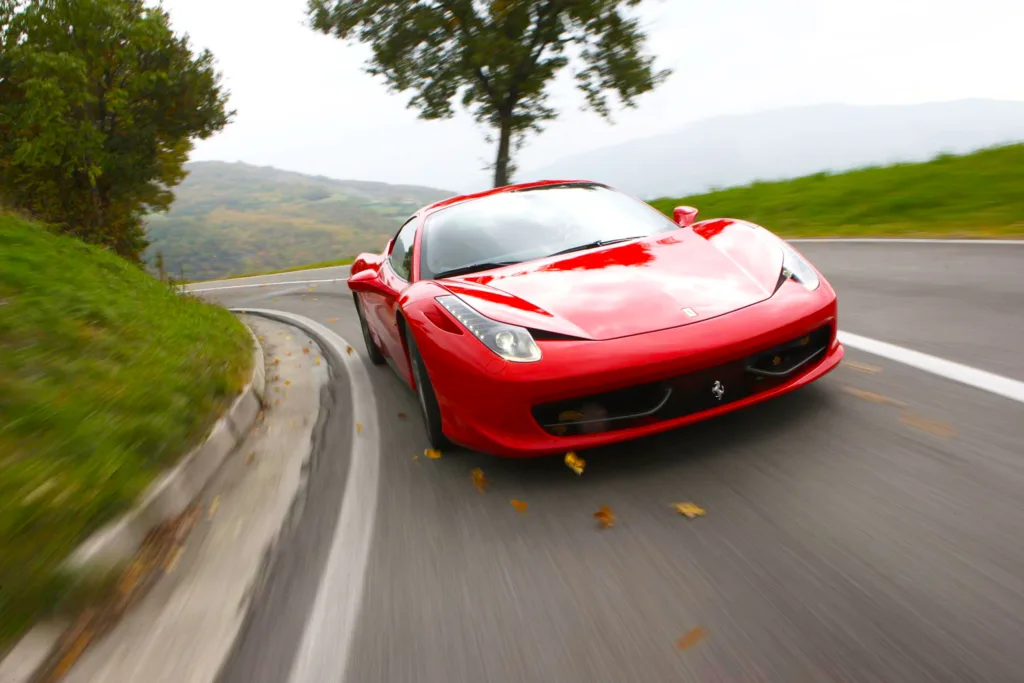
Legacy and Impact
The Ferrari 458 Italia set a new standard for supercar design and engineering at the close of the 2000s. It was lighter, sharper, and more technologically advanced than any of its predecessors, yet retained the natural, analog soul that defined Ferrari’s greatest cars. Its extraordinary responsiveness, paired with the wailing crescendo of its naturally aspirated V8, earned it universal acclaim among enthusiasts and automotive journalists alike.

The 458 not only dominated road tests but also laid the foundation for track-focused derivatives like the 458 Italia Challenge, 458 Speciale, and 458 GT2—machines that extended its DNA into professional motorsport.
Even today, the 458 Italia remains revered as one of the last pure, naturally aspirated Ferraris, representing the perfect intersection between Ferrari’s mechanical past and its digital future.
